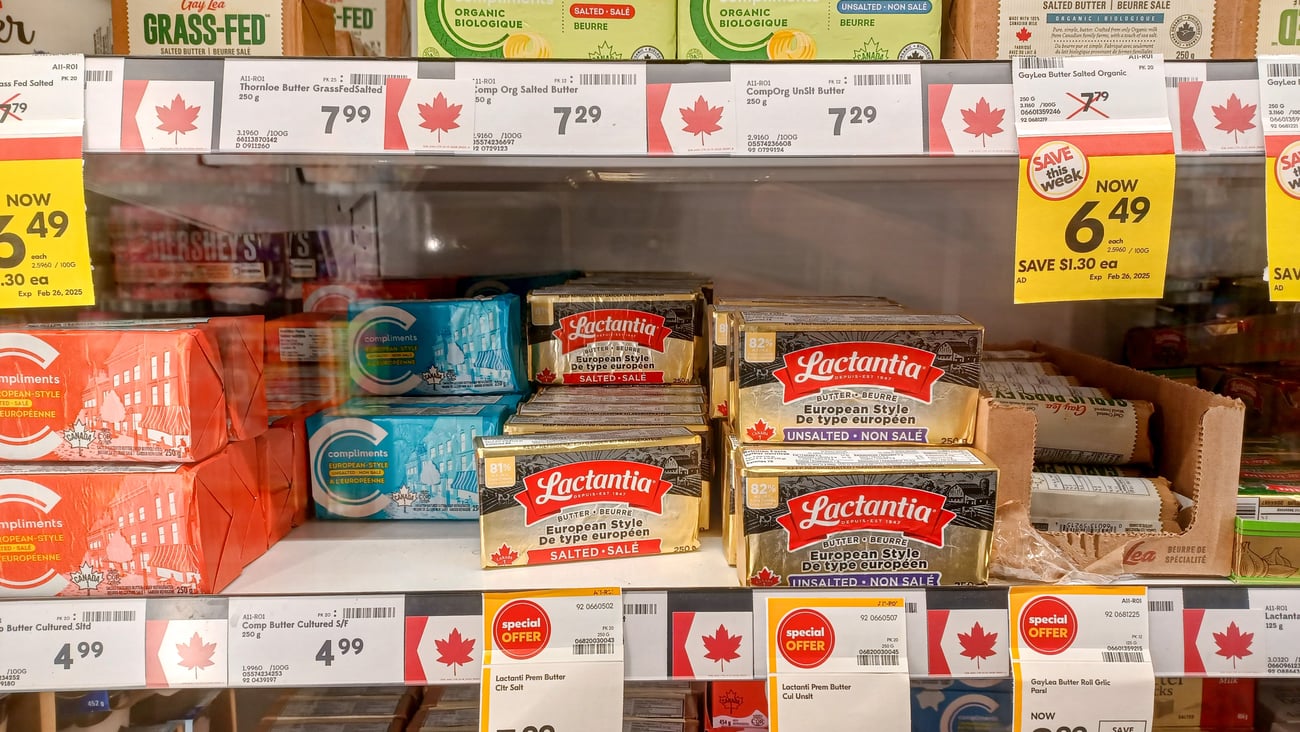HMR Opportunities Abound
Lately all of the talk in the retail landscape has been around increased competition in the Canadian marketplace.
Certainly there’s been a great deal of excitement among Canadian consumers; but there’s also causing a great deal of consternation among retailers that already play in the market.
While retailers fortify their positions and get ready to do battle, I would suggest that as in sports “the best defense is a good offence”.
What’s a good offense? Quite simply, meeting consumers’ needs.
This challenge can be “tackled” in a variety of different ways. One such way is to satiate the consumer’s desire for convenience.
Canadians have never been more time pressed. In the 2012 National Study on Balancing Work and Caregiving in Canada, which tracks the number of hours worked an average week, the percent of Canadians who claim to work more than 45 hours per week increased substancially between 1991 and 2011.
As Canadians are squeezed at work, they need more help in other parts of their lives.
How can retailers help?
Did you know that 42 per cent of Canadians use a quick- or full-service restaurant in a typical day? That’s up from 40 per cent 2007 and equates to roughly 15 million stomachs being filled each and every day. Keep in mind that this is growth through the recession of the late 2000s, which makes it even more impressive.
Restaurants have done a notable job of offering new and innovative meal solutions to Canadians, capitalizing on the need for convenience throughout the day.
On target with the HMR (Home Meal Replacement) consumer
Three-and-a-half per cent of Canadians use HMR in an average day, up from three per cent in 2007.
While HMR has grown, opportunity for expansion clearly remains. As such, it’s important to know the “sweet spot” for HMR to ensure retailers are making sound strategic investments.
HMR has historically not played in the AM occasion, and it’s likely that it won’t be able to anytime in the near future.
The morning is about the grabbing that quick coffee and breakfast sandwich on the way to work, and while quick-service restaurants are strong at this daypart with 32 per cent of its traffic coming in the AM, only 12 per cent of HMR’s traffic resides in the morning.
In short, HMR programs should focus on the PM through lunch, supper and afternoon and evening snacks, with prime time being lunch, which represents 28 per cent of all HMR traffic.


It’s not only important to have the right assortment of foods and beverages, but it’s also important to present them in a way that appeals to and meets the needs of consumers.
For instance, retailers need to ask if they have products that can be picked up and carried home quickly, such as lunch or supper kits. With 84 per cent of HMR meals being consumed off-premise, it’s important to create brand messaging that promotes easy meal solutions for the consumer.
Integrated branding as a gateway to your store
HMR need not only about driving traffic, sales and margin (though this is no doubt important), it can also be a showcase for the products offered in other departments.
Having an integrated approach that informs the consumer about the brands offered in the rest of the store, be them branded or private label, can inform and entice consumers to spend more during their visit.
HMR can be the ultimate sample booth creating win-win synergies between retailers and food and beverage manufacturers.
As the Canadian retail landscape become more competitive, retailers more and more need to take a consumer centric approach to their business to make sure they are meeting the needs of the evolving shopping base.
HMR is part of larger strategic considerations set that businesses need to adopt in the changing Canadians grocery environment.




